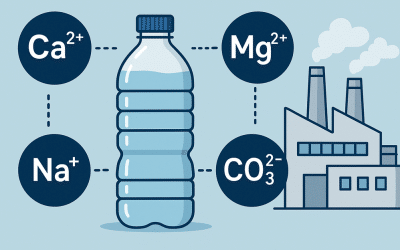Economy – Compact: Start-up structures as technology drivers for large companies

Download article
(only available in German)
Sensors that might interest you
Gases
Viscosity
Applications that might interest you
Other articles that might interest you
Wink of Knowledge: Mineral content of water
Wink of Knowledge: Mineral content of water The mineral content of water plays a key role — both in terms of beverage quality and industrial processes. While it often causes problems such as calcification or corrosion in industry, it promotes health and influences...
Wink of Knowledge: Measuring the density and viscosity of ink in industrial processes
Wink of Knowledge: Measuring the density and viscosity of ink in industrial processesDensity and viscosity measurements of ink for inkjet printers using the VLO-M2 viscosity sensor show a high degree of consistency with control measurements in laboratory analyzers...
Wink of Knowledge: Concentration measurement of SF₆ in insulation gas mixtures for power transformers
Wink of Knowledge: Concentration measurement of SF₆ in insulation gas mixtures for power transformersWhat is a Wink of Knowledge? Do you need to quickly measure, draw or do/build something? The speed with which the result may be achieved counts more than the perfect...
Wink of Knowledge: Viscosity measurement via differential pressure and flow rate
Wink of Knowledge: Viscosity measurement by differential pressure and flow rate This knowledge wink deals with the viscosity determination of media above the measuring range of the dedicated viscosity sensor VLO-M2. Various media were measured in a wide temperature...
Winkle of Knowledge: Concentration measurement protein
Winkle of Knowledge: Concentration measurement protein This knowledge wink is dedicated to measuring the concentration of protein in water using the physical parameters of density and viscosity. Commercially available whey protein was used as an example, the...
Wink of Knowledge: Improved methanol/water concentration model for fuel cells
A new concentration model for methanol / water mixtures is shown. The model covers a wide range of process conditions: At temperatures of 0-80°C, concentrations of 0-100% can be calculated from the density with an accuracy of ± 0.2%. The direct methanol fuel cell (DMFC) is an important application for this as the power source of the future.










